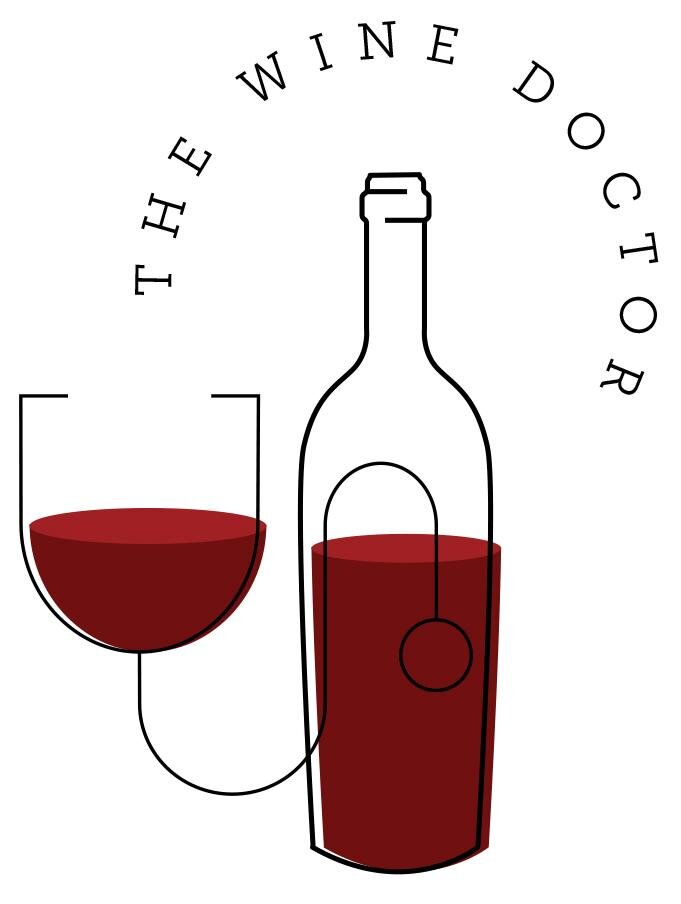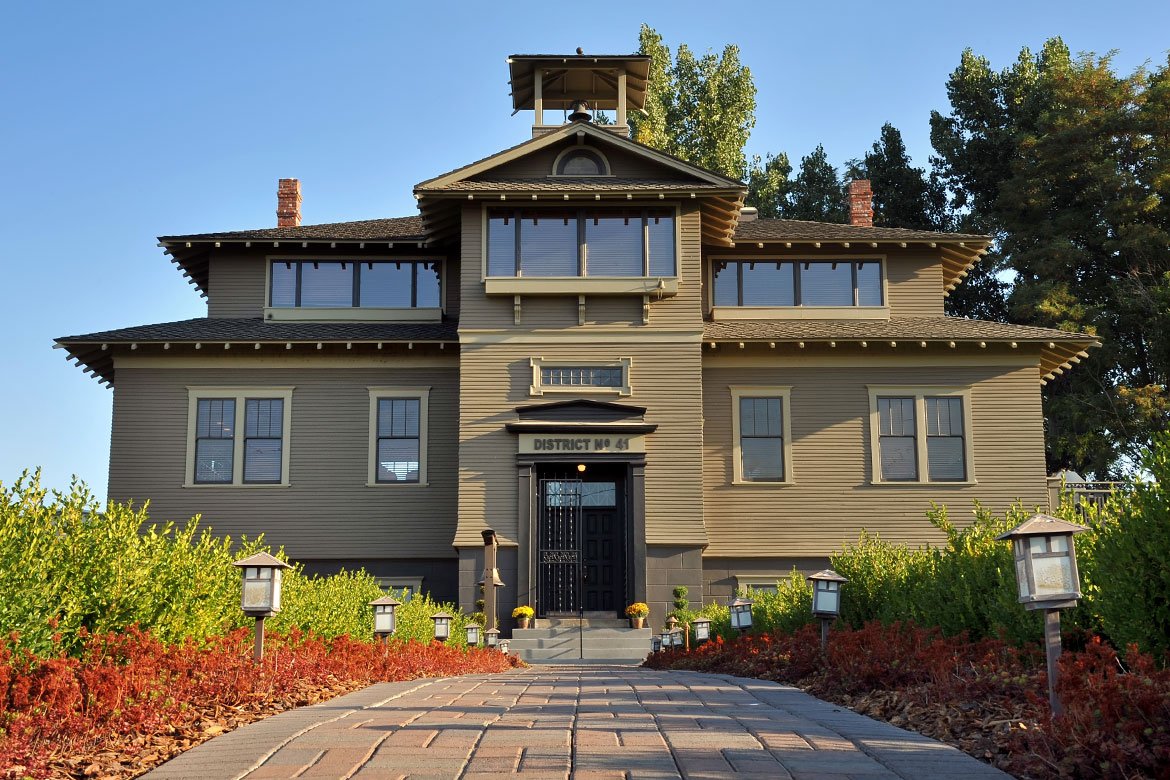Thanksgiving redux
It’s that time of year again. The holidays are upon us, which invariably means family gatherings and lots of good food. And you know what makes those meals even better? Of course you do. I’m not even going to say it. If you know you know…
Oh, and besides Thanksgiving, it is the second anniversary of The Wine Doctor blog! Two years we’ve been together. Thanks for sticking with me. I hope you’ve enjoyed reading as much as I have writing.
Ok, back to work. We have covered a number of wine recommendations for Thanksgiving in these pages: Pinot Noir most notably, as well as Beaujolais (NOT Nouveau), Riesling and sparkling wine. All good varietals that won’t disappoint. However, there is a white wine (yes white fans, I am delivering on my promise) we profiled a year and a half ago that needs to be revisited: Chenin Blanc.
To borrow from that early post highlighting South African wine: “It is found primarily in France and in South Africa, where it is often referred to by its other name, Steen. In France, you will find Chenin Blanc primarily in the middle of the Loire Valley. The region of Vouvray, just outside of Tours, is particularly notable for CB”.
Chenin Blanc is made in a wide variety of styles, from dry to off-dry to sweet and even sparkling. Our version of Chenin Blanc will be in the more traditional dry style. These wines typically have aromatic tree fruit characteristics, with higher acidity. If you like Sauvignon Blanc, this will be a nice alternative for you to discover.
My recent trip to the Pacific Northwest reminded me there is another great place to find Chenin Blanc: Washington state! A little geography refresher:
Once again, we are headed for the southeast corner of the state (this time no 4 hour drive from Seattle!)
Our Chenin Blanc comes from a well-known family producer in the Walla Walla area I unfortunately didn’t get to visit on my recent trip: L’Ecole 41. L’Ecole, founded in 1983, is a winemaking pioneer in the Walla Walla region. They were the third winery established in the Valley (no, not the 41st); there are now over 100. Located west of Walla Walla in a small community called Frenchtown, L’Ecole is known for the converted schoolhouse that serves as its home and adorns its labels:
This building dates back to 1915. Notice the words above the entrance: “District No 41”. The school district where the building is situated was known as “Number 41”. It was only natural the founders, Jean and Baker Ferguson, chose to name their new winery L’Ecole (“the school” in French, for those like me that have to look it up). The tasting room has some of the original chalkboards, light fixtures, floors and moldings from the school.
Under second generation owners Marty and Megan Clubb, L’Ecole produces a variety of premium red and white wines, but our Thanksgiving pairing belongs to Chenin Blanc. L’Ecole has been producing Chenin Blanc since 1987, sourcing the grapes from 40 year old vines in the Yakima Valley. On our map, the three vineyards supplying L’Ecole’s Chenin Blanc are northwest of the letter “K” in the word Kennewick.
Time for Our Wine: L’Ecole 41 Old Vines Yakima Valley Chenin Blanc 2020 . A very reasonable $18 at retail. L’Ecole enjoys wide distribution, so you should be able to find this.
One label pointer: notice you don’t see the word “Estate”. Other L’Ecole wines do have this on their label, meaning the fruit comes from land owned by L’Ecole. In this case, the best Chenin Blanc grapes come from vineyards in the Yakima Valley that L’Ecole doesn’t own, but you shouldn’t view that as a negative. Lots of great wine in this world comes from sources the winemaker does not own.
Tasting:
Chenin Blanc is a late ripening varietal. L’Ecole usually picks the grape in October, with the longer, cooler hang time contributing to a vibrant freshness to the wine. In the glass, our wine has a beautiful medium yellow color. On the nose, you get these aromatic citrus notes - ripe yellow apple and pear. As the wine warms just a little, you can pick up some nice mineral notes as well. On the palate, those ripe tree fruits are right up front. Maybe a little spice and honeysuckle as well. What was most interesting was the level of acidity: not as high as I was expecting (think Sauvignon Blanc for example). Acidity was there for sure, as it should be. However, there was a slight “roundness” (sorry, wine geek term) on the mid-palate, which I learned comes from a partial malolactic fermentation that was allowed to occur. Ok, now we ARE geeking out! This is where tart malic acid is allowed to convert to creamier lactic acid, adding a softer texture to the wine. This process occurs with most red wines but is used with only certain white wines. The finish is surprisingly long.
Food:
I often use the word “versatile” when describing wines that pair well across a multitude of dishes. That certainly is the case here. Our focus is on the Thanksgiving meal, but just know that Chenin Blanc (particularly an “off-dry” style) is a great choice for Asian cuisine too! Chenin, and the L’Ecole in particular, has enough acidity to cut through the richness in traditional Thanksgiving dishes without getting lost. The weight of this wine should balance your usual Thanksgiving fare, allowing the flavors to be in harmony and keeping your palate fresh.
The Bottom Line:
There is more complexity here than you might expect. This is a vibrant wine, yet very balanced. I think it would be a nice addition to your Thanksgiving table. If you can’t find the L’Ecole, give a South African Chenin or maybe a Vouvray from the Loire Valley in France a try. As I’ve said before, it’s all about trying something new: learning while enjoying. After last month’s post, one of you wrote “…you’ve got me curious”. Well, curious is what we’re going for!
Here’s hoping you have a great holiday surrounded by family and friends!
Until next time,
Cheers!



